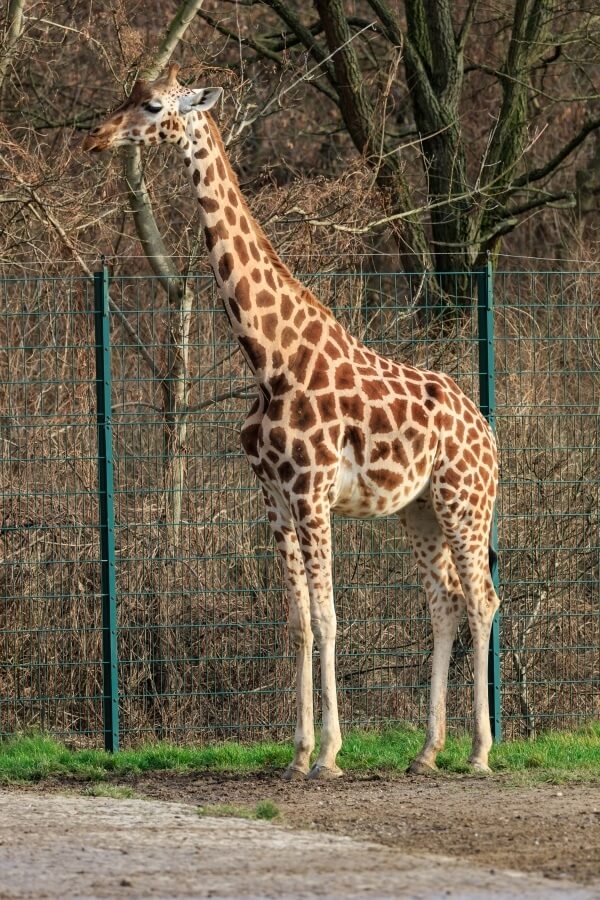Facts About Rothschild's giraffe
Rothschild's giraffe, scientifically known as Giraffa camelopardalis rothschildi, is one of the most endangered giraffe subspecies, with approximately 1,669 individuals remaining in the wild as of 2016. Also referred to as the Baringo giraffe or Ugandan giraffe, this subspecies is distinguished by its unique coat pattern and the number of ossicones (horn-like structures) on its head. These giraffes inhabit protected areas in Kenya and Uganda, particularly savannahs, grasslands, and open woodlands.
Rothschild's giraffes breed year-round, with females typically giving birth to a single calf after a gestation period of 14 to 16 months. They live in small herds, with males and females generally remaining separate except during the mating season. The primary threats to their survival include habitat loss and poaching, which have contributed to their vulnerable status.
To address these threats, conservation efforts are underway, such as captive breeding programs at facilities like the Giraffe Centre in Nairobi, Kenya. These programs aim to diversify the gene pool of the wild population. You can observe Rothschild's giraffes in the wild at locations such as Lake Nakuru National Park in Kenya and Murchison Falls National Park in Uganda. These ongoing efforts are vital for protecting and preserving this unique giraffe subspecies.

 Somalia
Somalia